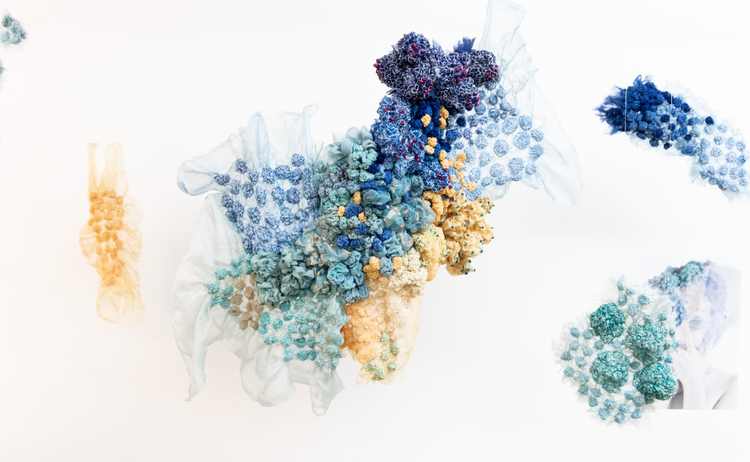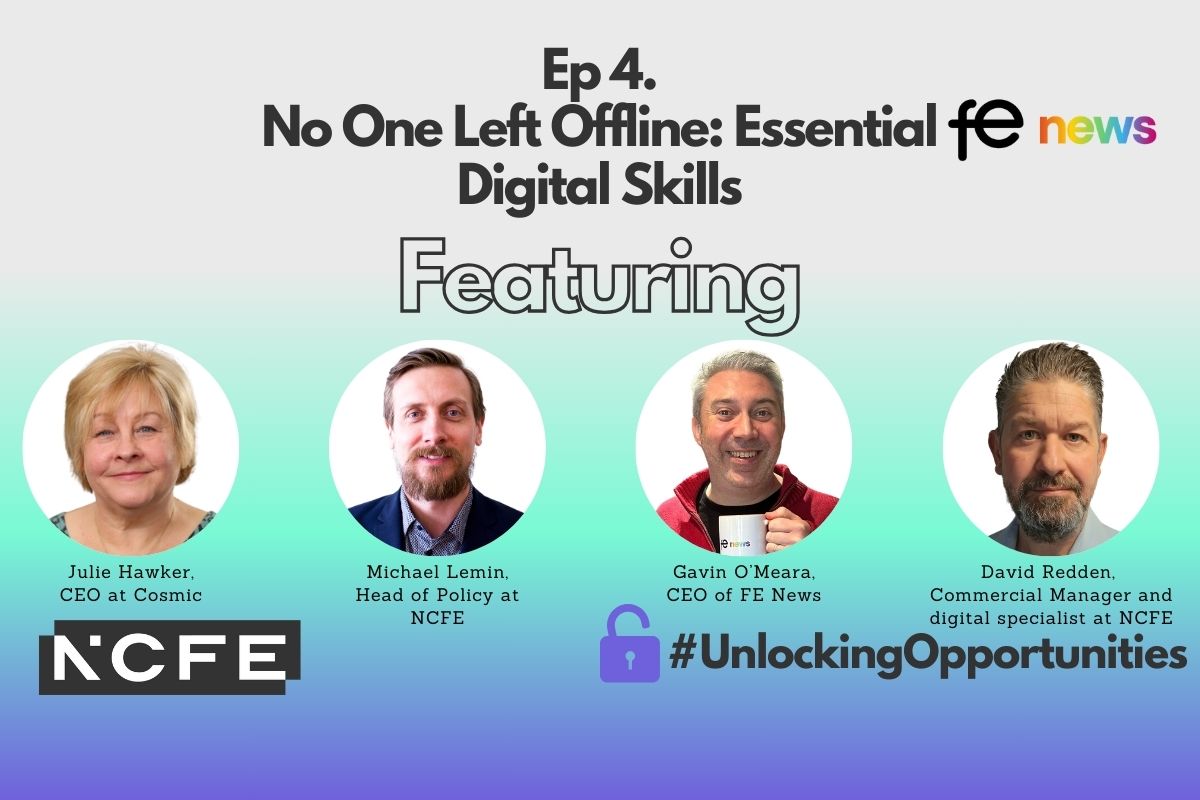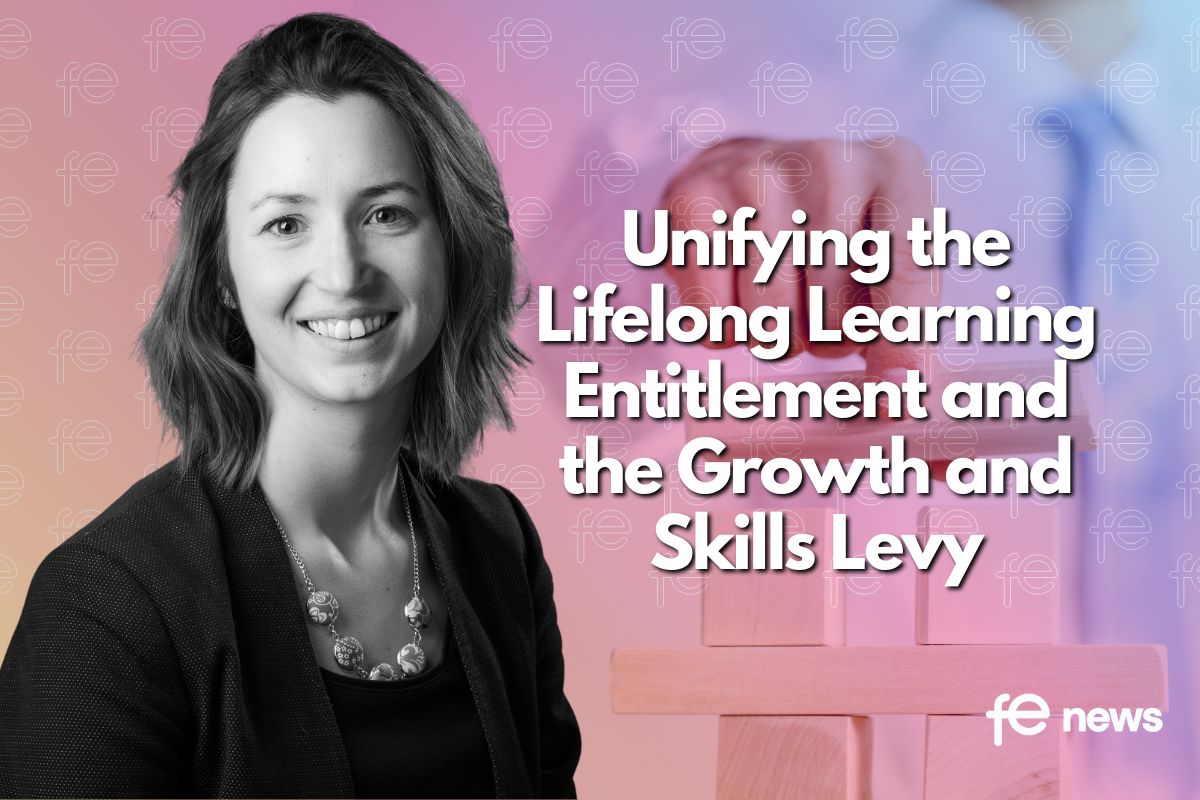Art and design universities come together in new European partnership to fight issues around plastic pollution

How can we better communicate pressing issues around plastic pollution and engage young creatives in the fight for a more sustainable future for our planet? The Graphic Communication Design programme at Central Saint Martins, UAL (@UCU_UAL) will tackle this challenge as part of Plastic Justice, an Erasmus+ partnership between art and design universities raising awareness about the consequences of plastic pollution on our health.
The European collaboration will also involve environmental NGOs and scientists to discuss the long-term impact of invisible micro-plastics on the human body, and how to best communicate these issues to non-specialist audiences. Together with the academics and practitioners involved, Plastic Justice will focus on creating new knowledge through cross-academic exchange and field-research, promoting conscious design practices for upcoming generations of creatives and designers.
Dr Peter Hall, UAL’s Project Lead for Plastic Justice, said:
“Plastics pollution is one of the many issues we are facing as we stumble into the 21st century, realising that our brilliant designs and inventions from the 20th century have started to produce unexpected and unwanted outcomes. As design educators and researchers, we are interested in countering the feeling of powerlessness that people experience when faced by large scale, invisible and complex environmental problems (aka hyper-objects).”
The aim of the partnership is to create an educational programme jointly launched through a conference, an exhibition and an online repository with resources for younger audiences, all developed by the 5 partner institutions: Iceland University of the Arts; Royal Academy of Art, The Hague; Elisava, Barcelona School of Design and Engineering; Vilnius Academy of Art in Lithuania; and Central Saint Martins, University of the Arts London.
As the UK-based partner organisation, UAL’s team will be developing two design-based outputs for the project: a teacher’s guide on how to include micro-plastics issues in the design curriculum, and an online repository with information about micro-plastics’ impact on our health.
Abbie Vickress, Platform Leader Experience and Environment for CSM’s BA Graphic Communication Design, said:
“The great thing about this topic is that it is inherently multidisciplinary: the NGOs and scientists involved understand the value and role that art and design can play in changing behaviours and communicating these complex issues in different, unexpected ways. From the work we’re going to be doing at CSM, you can expect some surprising and inventive responses!”











Responses